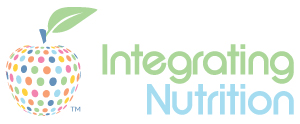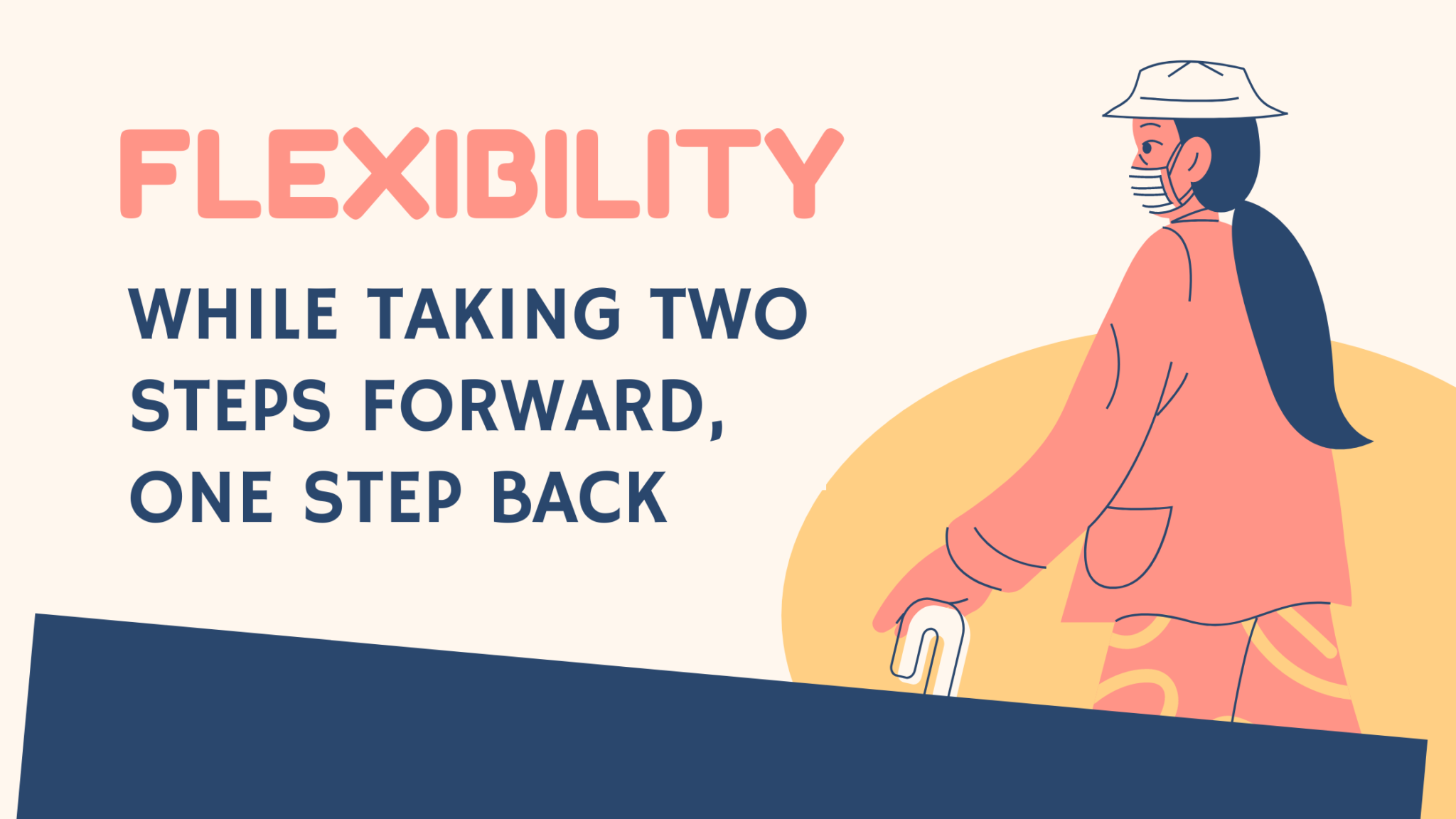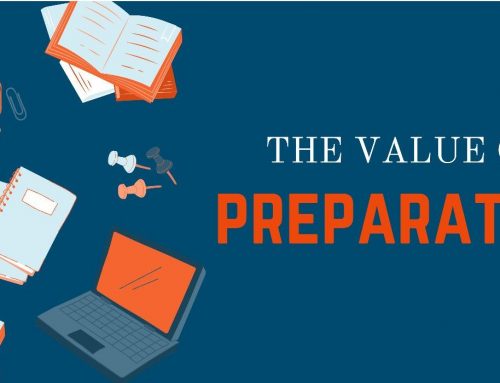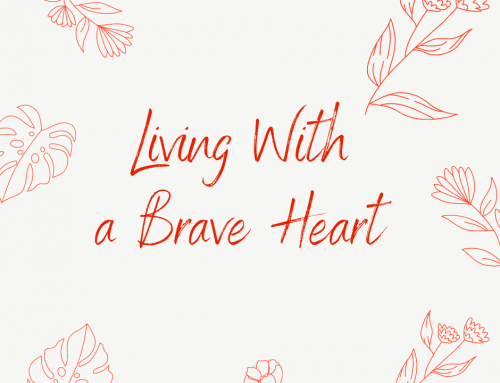I typically like to plan these blog entries ahead of time. Very often, the subject of the blog is related to the specific season. This month’s blog—for example—was supposed to be about preparing for the new school year, among other things. The last time my blog discussed the pandemic was this past March, the one-year anniversary of its beginning. Since then, we had the roll-out of the vaccine, which caused infections to drop drastically. In Westchester County, my home-base, around 70% of eligible people have had at least one inoculation. CoViD-19 seemed to be just about completely in our rear-view mirror as recently as last month. But the new Delta-variant-strain of CoViD-19 has motivated a change of plan for this month’s blog.
BACK TO UNCERTAINTY
I’m noticing a revived upswing of anxiety levels in some friends, family, and clients. At the beginning of the pandemic I posted some thoughts about how to deal with any feelings of anxiety that these circumstances might be triggering. My advice is always to focus on non-food ways to seek comfort. And now, as these all-too-familiar feelings of anxiety reappear, many again seek a strategy to deal with it all.
These feelings, of course, are natural and shared by a lot of people. After all, weren’t we all looking forward to having our “normal” lives back? Government and media all but promised it! But the truth is that for many people, re-emerging back into the world—back to so-called normal life—brought about anxiety too. Some people appreciated the slower pace and ability to spend more time at home.
IT’S HARD TO KNOW JUST HOW TO FEEL
Since early 2020, many people have been dealing with feelings of apprehension and fear stemming from threats from the pandemic. It didn’t take long before people felt drained and exhausted, beaten down by the shared experience. Then things had turned around… a little more than a month ago, the vast majority of people were feeling optimistic. Now it seems like the threat of CoviD-19 and its variants, current and potential, may always be a presence. So how are we supposed to emotionally handle all this?
It’s clear that CoviD-19 is not completely going away anytime soon. Feeling vulnerable in the face of instability can be a direct challenge to our sense of personal power. And feeling that a lack of personal power is a root cause of anxiety.
SO HOW DO WE MOVE AHEAD?
The first step toward moving forward is to take a moment to consider what has worked in the past. Assess past choices; what served us? What didn’t? (The examination of such choices might explain why so many people are changing jobs right now.)
The next step is to take stock of what is, not what was or what could be. And what is, is that we and the world have all changed. For example, when you stretch a rubber-band, it doesn’t completely snap back to its original shape. It may go back to a similar shape, but the experience of the stretch has subtly changed its shape. The more it is stretched, the more it is changed.
Likewise, we would do well to not expect everything to snap back the way things were pre-2020. I mean—by definition—we simply can’t go back. We are not able to travel backwards in time, we can only move forward. A slogan from the past presidential election season was an encouragement that we “Build Back Better.” All we have is the reality of today, and the promise that tomorrow will be what we make it.
Things are tough right now. Much of what we see in the news is hard to digest; some of it heartbreaking. Our challenge is to face the uncertainties with the few certainties we can identify and look forward with a commitment to positive flexibility.
FLEXIBILITY IS KEY
As I’ve been saying in this blog since just before this calendar year began, flexibility is key for our psychological, emotional, and spiritual well-being. So as we now move ahead at the end of summer 2021, let’s mindfully remain flexible… whether the stakes are big—dealing with major life choices—or the stakes are small—like, for instance, changing the topic of this month’s blog post.





